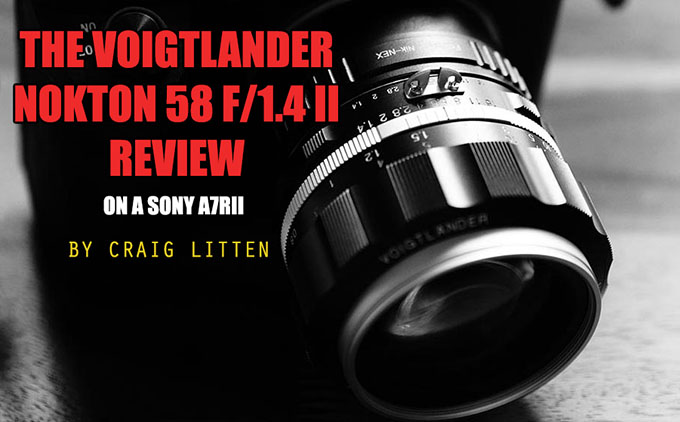
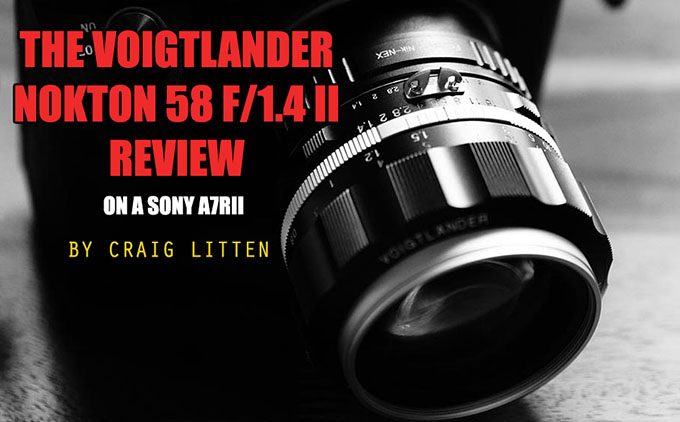
Voigtlander Nokton 58mm f/1.4 II Lens Review: GOING RETRO
By Craig Litten
I love Voigtlander lenses! I’ve loved them since the first time I discovered them about five years ago. Some say that they are a poor man’s Leica lens, which may be true, but I don’t necessarily agree. I think it’s more like comparing apples to oranges. Many agree that Leica lenses are the best-of-the-best, and they most likely are, but Voigtlander lenses are great too, and have their own character and charm. I know a few Leica owners who shoot Leica and Voigtlander lenses. In fact, my first Leica (the Leica M8.2) was used with a borrowed Voigtlander lens for the first several months, and I loved it. Voigtlander lenses are very affordable too, which is a big plus. You can actually own several of them for the price of just one Leica lens! This lens reminds me of how lenses were built back in the 80’s, when I was a kid and fist got into photography (as the older lenses from the 70’s were still in circulation. It looks very similar to the older Nikon (pre-AI) lenses: all metal, super smooth and built like a tank. What’s not to love? If you’re remotely interested in Voigtlander lenses, I think it is safe to recommend Stephen Gandy’s CameraQuest since he is one of Steve’s sponsors. But be warned though, Camera Quest is a treasure-trove of wonder and knowledge, and if you go there you’re likely to get stuck in his web of Voigtlander goodness and never leave.
As a former photojournalist shooting for a daily newspaper, Voigtlander lenses were off my radar so to speak. To compete in that field you needed to match what the guy next to you has, and that means the old standard f2.8 zooms. When news is happening fast and in front of you, you must get the shot or lose your job—there is no time to change lenses. I can’t remember exactly, but I’m pretty sure the first time I heard of a Voigtlander lens was right here on Steve Huff Photo back in 2011. This is when I started reading this blog and learning about Leica M lenses and tiny mirrorless cameras like the Sony NEX line. What did it for me was Steve’s review of the NEX 5n HERE. I purchased it along with a pair of Voigtlander lenses from Camera Quest. I got the Voigtlander 21mm f/4 Color Skopar along with one of my all-time favorite lenses, the wonderful Voigtlander 35mm f/2.5 C Color Skopar—I love that tiny lens. But these lenses were VM Mount (Leica M mount) lenses made for the Voitglander Bessa (film) or the Leica M, not a DSLR lens like this Voigtlander Nokton 58mm f/1.4 SL II that I’m reviewing here. This is a Nikon mount SLR or DSLR lens.
I no longer shoot with Nikon cameras, but did back in the film days (the F4 is still one of my favorite cameras of all time), and again in the late 2000’s during this present digital age). But today, I only shoot Sony mirrorless. So I’ll be testing this lens on my Sony a7II and Sony a7s with an adapter. Nonetheless, the review is not about the camera nor its sensor, but about the lens. One of the beautiful things about Sony mirrorless is that you can adapt nearly any lens and still get all of the lens’ goodness. So to be clear, all of the photos in this review were shot with a full frame sensor—no crop-factor here. So if you’re looking to “discuss” sensor size, move along, nothing to see here.
NIFTY FIFTY
I had a lot of fun shooting with this lens, and it was a pure pleasure to use. I love manually focusing on the Sony bodies. It’s easy, fast and accurate, and that extra act of pulling focus really makes you feel like you’re participating in the act of photographing. In fact, if I didn’t have a few other pieces of gear that were pressing right now, I’d look into getting one for myself. Since I’m not shooting with this on a Nikon body, but adapted to my Sony’s, that may be the only negative for me personally.—that it’s not a native E-mount but requires an adapter. But if you’re a Nikon shooter, good news, because this lens has a native Nikon F mount and will fit any Nikon body for the past 30 plus years. CameraQuest has a cool section with a brief history of the Nikon F mount here. Perhaps Voigtlander would consider making this lens for the Sony E-Mount in the future.
Unlike Steve who calls himself a 50mm guy, I have always preferred the 35mm focal length as my all-arounder. If I could only have one single lens, it would be a 35mm f2 lens, but that’s most likely because of my journalistic/documentary background. When you put a 50mm f1.4 on your camera though, oh my, that is when the creative juices begin to flow. Personally I have always thought that those who really want to learn photography should start out with only a 50mm lens only for the first year. It’s such a versatile focal length, and perhaps even more flexible than a 35mm. This lens is a 58mm not a 50mm though, so it’s a tad bit tighter, but it’s close enough.
One of my favorite photographers since the early days is Ralph Gibson. He shoots almost exclusively with a 50mm lens which says a lot about the lenses versatility. He’s build an entire career on one focal length, or close to it. A few years ago I went on vacation to Michigan’s Upper Peninsula, and decided to take only one lens with me to keep it simple and light. I chose the 50mm (focal length) and never regretted it. In fact, looking over the photos now they sometimes appear to be shot with a wider lens, and sometimes look like they were shot with a telephoto lens, but they were all shot with a 50mm.
MADE IN JAPAN
Physically speaking, this lens is very satisfying. It checks all the boxes and fulfills the nostalgia and dreams of shooting for the White House Press Corps during the Kennedy era, LOL. The lens is made of metal, real metal, and glass—no plastic, bubble gum machine junk here. It is solid, grippy and smooth as silk. If you’ve ever used the 1960’s-early 70’s Nikon F prime lenses, it feels and looks much like they did—almost an exact replica. I love Voigtlander as a company. They are keeping the past alive, giving us new, modern lenses that work for our high resolution digital cameras yet allowing us the control of manual focus and the quality of an all-metal build. And they are affordable and good lenses. Thank you Voigtlander. From the way this lens feels, it will last a lifetime, or probably longer than you’ll want to keep it. Today we have what photographers of the past did not—an incredible amount of choices. The only problem with that is that most of us get “curious” about something new every now and then, and put the old on a shelf. But that is what this site is all about right: showing us what’s new and exciting in the world of photography.
The version I’m testing is the silver version, and it’s simply beautiful. The only difference between the black and the silver version is the color of inner lens barrel itself. Instead of black, it is silver, and it really adds a touch of class. The barrel itself (and front lens element) extends (but doesn’t rotate) in and out as you focus, which reveals more of the silver inner barrel and adds to the nostalgia of the lens. While out shooting I actually had someone comment on the “old” lens I was using, and how much he liked it.
The design of the lens reveals large smooth grooves around the entire lens barrel with matching grooves on the aperture ring. This is where it differs from the Nikkor-S 1959-1962 version. This design looks great and contributes to the old fashioned look of the lens, but it’s more than just cosmetics because it functions even better than it looks. Between each of the grooves is grippy, etched metal (Voigtlander calls it scalloped) to give you a sure grip while focusing. The barrel turns very smoothly, but has resistance or stiffness to it which is just about perfect. You’ll need more than just a single finger or thumb to turn it. These type of lenses usually get better and a tad looser once broken in. The aperture has secure click-stops, and is stiff enough that it won’t be easily bumped our of place. On the top of the lens, at the f5.6 mark, there is a protruding fork. When mounting the pre-AI Nikkor lenses (similar to this one) to the old Nikon film bodies, you had to turn it to the correct f-stop (if memory serves me correctly, it was f5.6) to mount the fork between a lever. It was a very clever design but has long since been discontinued, so I question the reason Voigtlander added this to the lens. If you own any of those old Nikon film bodies, you’re good to go. If not, it’s kind of a nuisance and my only negative mark against the lens. If I were to buy this lens, I think that I would remove it as it got in my way more than a few times.
Looking into the lens and turning the aperture is a thing of beauty, and seeing the large front element and feeling the weight of the glass is very satisfying indeed. The lens has clearly painted numbers and markings on it using the old Nikon colors and fonts, it’s very clear, easy to read and nicely done. One other small negative though is that the focusing line doesn’t stand out as clearly as it could or should. This serves as the aperture mark also. Nonetheless, the colors and design almost fools you into thinking that you’re holding some old Nikon glass. The attention to detail is admirable and should be commended. Even “Lens made in Japan” is beautifully etched into the silver band that surrounds the lens. For build quality alone, it is well worth the asking price. But will the image quality hold up to justify the price?
GRATIFICATION FACTOR
There is something special about shooting with an all-manual lens, especially one built and designed as well as this one is. It is just such a pleasure to use, and you really feel as though you’re participating more in the act of photographing, which I think one of the major appeals of shooting with a Leica rangefinder body: the turn of a shutter, the click of an aperture, and the pulling of focus. When shooting with a camera like that, you’re constantly checking all three, always engaged and always participating in the act of photographing. This is much unlike the wiz-bang DSLR’s we’ve become used to, where it’s essentially a high-powered point-and-shoot. When you miss focus on using a lens like this, it’s your own fault, but that’s part of the fun and challenge of it. Auto focus misses too, a lot—well, not so much on the modern mirrorless cameras, but everyone reading this knows what I mean. When I first started shooting sports, I was using manual focus lenses. The fastest motor drive at the time was about 5 frames per second, and you only got 36 shots per roll of film, then the camera buffered. Buffering back then was in the form of rewinding your film, marking it with a Sharpie, and loading another roll. While covering football back then, I remember literally praying to get one or two good frames from an entire half, which was all the time allotted to shoot because of deadlines. The point is, manual focusing can be learned and mastered, and I especially find that focusing with Nikon lenses are more intuitive, for me anyway, as the focus turns opposite of most other brands. It just feels natural to me.
A manual focus lens like this is a great tool for the amateur, the artist or the enthusiast who wants to really get into photography and feel more a part of the process. It’s also good for the professional who wants to slow down the process, and hone his or her craft while not shooting for a paying client, but for personal work or on a personal project. Your camera may still have all the bells and whistles, but the simple act of pulling focus changes the game. Honestly it does.
If you’re new to photography or perhaps started shooting during the digital age and have never experienced manual cameras or manual focus, you’re in for a real treat should you decide to buy this lens. If I were to recommend just one manual focus lens for your kit, it would be in the 50mm range. If you’re a Nikon shooter, this could be the lens. But after shooting with this on my Sony a7’s, I think that it’s a perfect fit for the Sony’s too, maybe even better because of the high resolution EVF and focus peaking. It is surprisingly well balanced—especially with the MkII bodies, and even with the adapter it’s still shorter in length than my Sony/Zeiss 55mm f1.8. If you’re new to manual focus, and I suspect there are a lot of readers who are, fear not. When pairing this lens to a Sony a7, focusing is a breeze—even if you are brand new at it. You can turn on focus peaking and set it for either red, yellow or white, but you can also set the intensity level to low, medium or high. I have mine set to red and with high intensity. I like red because I shoot in B&W mode (RAW+JPEG) a lot, and red really shows up well in B&W. Red also shows up really well if you have a lot of foliage like here in South Florida. And you can have it set to “zoom in” on the scene as soon as you touch the lens barrel for more critical focus. It’s actually fun.
IQ
Ah, the big question we all want to know is “what is the image quality like?” Well, in answering that I hope that you will take the time to really examine the images, click on them to view them large and download them to your computer—especially if you’re really seriously considering this excellent lens. In shooting for this review I decided to just carry the camera with me as much as possible and shoot everyday, ordinary situations and things. This is different from past reviews where I set out to purposely shoot certain things. For this review I wanted to shoot with this lens the same way I would if I owned it. If the lens belonged to me, I would mostly use it for personal work and daily use. I’d use it for the sheer joy of photographing and the act of participating more in the process by manually focusing. Not that it’s not good enough for paid work, because it is. It’s good enough for any studio portrait session, magazine spread or food shoot (I don’t shoot food), but most of the time I need AF because of the fast-paced nature of my work.
The image quality of this lens stunned me. Several times while out shooting I really didn’t think that I had any really good pictures, or anything special—even when viewing them on the back of the cameras. But when I got home and downloaded them to my computer, I was wow’d several times. Not because my shots were anything special, but because of the way this Voigtlander lens drew the scene and rendered the image. Several of the shots made me feel like I could actually reach into the photo because they have a real 3D effect. I know this term is overused, but in this case it’s true. I also know there will be scoffers out there, which is fine because we are all entitled to our own opinion, but the proof in the photos. Not every photo has this effect of course, but when the light, aperture, distance from the lens and subject-matter all camera together, it’s simply magical. One example is the simply B&W photo of a woman with dark hair sitting in front of a window at night with a plain white wall behind her.
It’s not a great portrait by any means. I caught her in mid-sentence, the frame is crooked, etc., but the way the lens draws the scene is stunning in my opinion. The portrait was shot wide open at f1.4, ISO 2500. Another shot is the one of the three retirees sitting in lawn chairs on the beach facing the ocean (shot at f2).
I also attempted to shoot at each aperture setting, and did, but mostly concentrated on the wider apertures because that’s where most of us who buy this lens will be shooting. At f1.4, the lens is stunning at night in very low light. I’ve included many samples. For some reason the lens seemed to do better wide open at night in low light than it did outside in bright sunlight. The lens is very sharp right from f1.4 in the center. There is some vignetting at f1.4 and f2, but it really starts to clear up by f2.8-f4. Of course this is to be expected for such a wide aperture lens, and it will actually work in your favor for portraits and people shots. The lens renders beautifully from f1.4 on through f8. The shot B&W shot of the rock with the tide hitting it was shot at f8, and it has a beautiful Zeiss-like glow and clarity to it in my opinion.
The bokeh is also very pleasing to my eye, but you may be a little more selective or have a better eye for that than I do. It’s not as smooth as some lenses are (like the Sony FE 28mm f2 which is amazingly smooth for such an inexpensive and wide lens), but it’s never offensive either. Again, the proof is in the photos, but I’ll let you determine that for yourself.
There really isn’t anything negative to say about this lens. The only thing I found is very minor lens flare in a very strange situation. During the time I spent shooting, I only encountered lens flare once (see color photo of tree trunk shot above at f11). It happened when taking a photo of a tree trunk with the sun behind and to the left of camera—nowhere near the lens. Somehow though, the light was reflecting off of the tree causing the lens to flare. I tried a few different angles from the same spot, but all of them caused the lens to flare. I don’t think lens flare is really a problem with the lens, but wanted to mention this one example. I saw similar type of lens flare with the older Voigtlander Ultron 35mm f1.7 VM lens (the pervious version to the one that is currently for sale).
I also attempted to see how the lens renders sunstars. I tried a few shots directly into the sun, stopped all the way down to f16, but wasn’t able to get any satisfactory sunstars. The coating on the lens seems quite good. I did however get sunstars reflecting off of the water in one shot (see attached photo cropped to about 1/3 its original, horizontal frame), so it is possible.
CONCLUSION
If you’re feeling a bit stagnated in your photography, perhaps this lens is just what you need. Will any gear really improve your photography? Perhaps. But this lens could by inspiring you to get out and photograph more because it is satisfying in so many areas. The build is fantastic, it feels great in your hand and makes you just want to hold it and use it. The images, rendering, price, focal length, etc., are all really good. If you’re looking for a good lens in the 50mm range and don’t mind manually focusing, I don’t think this lens will disappoint. In fact, I think just the opposite, that you will be very pleased and proud to own and use such a fine piece of glass. I highly recommend it!

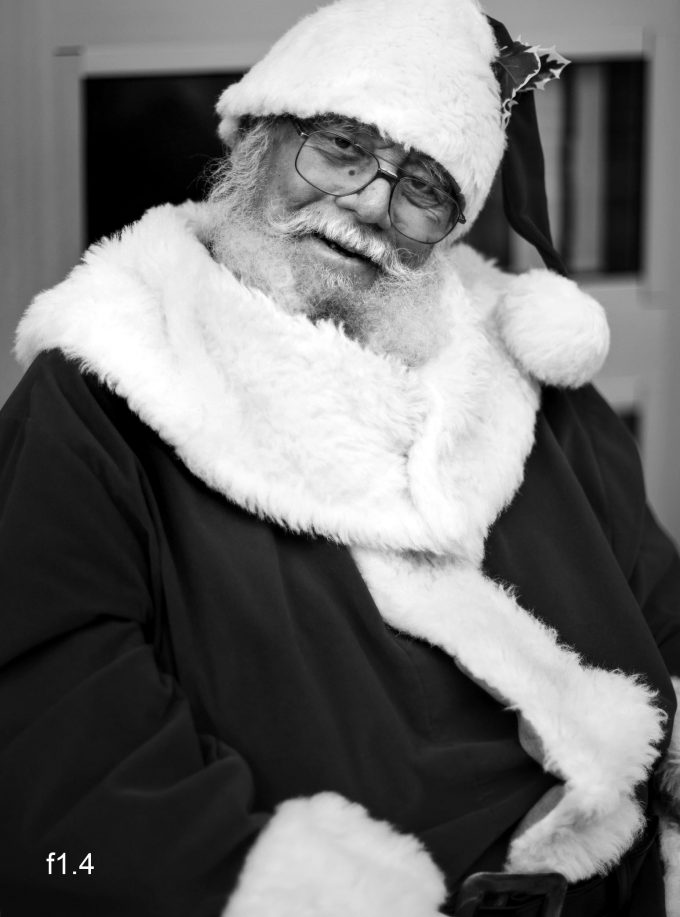
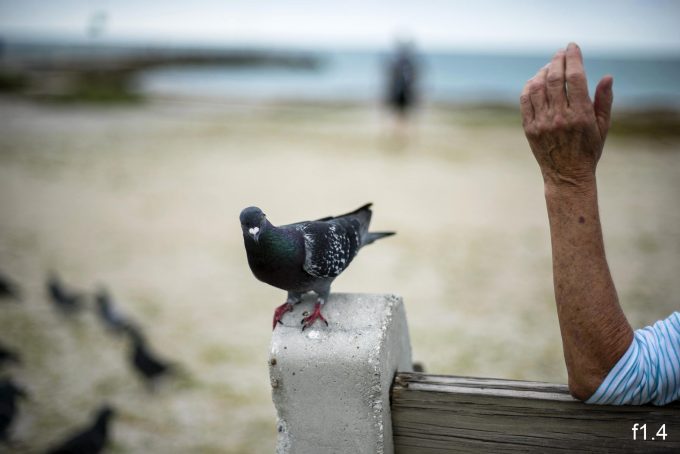
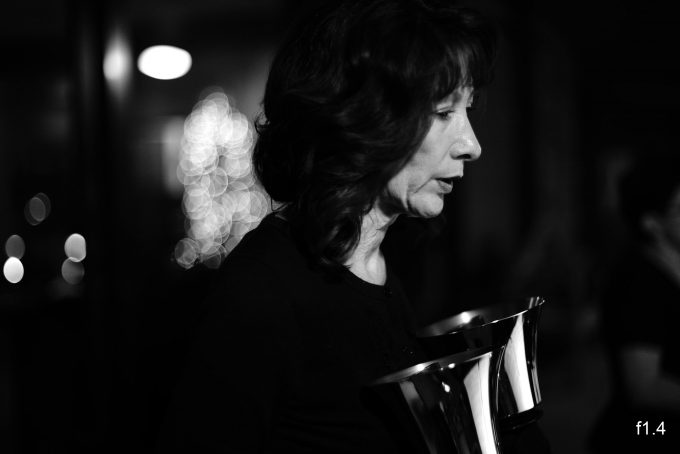
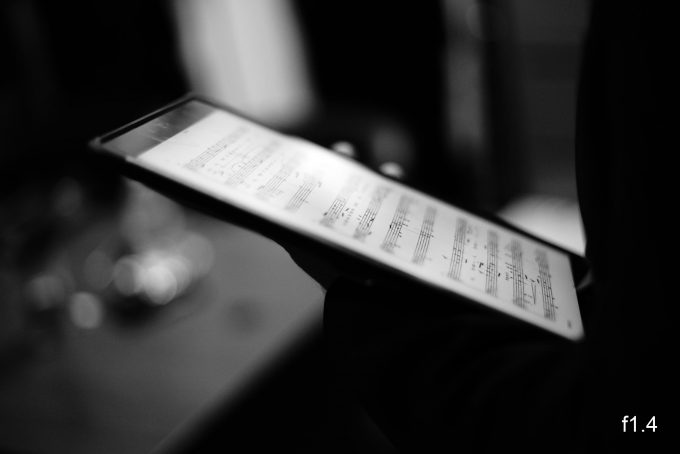
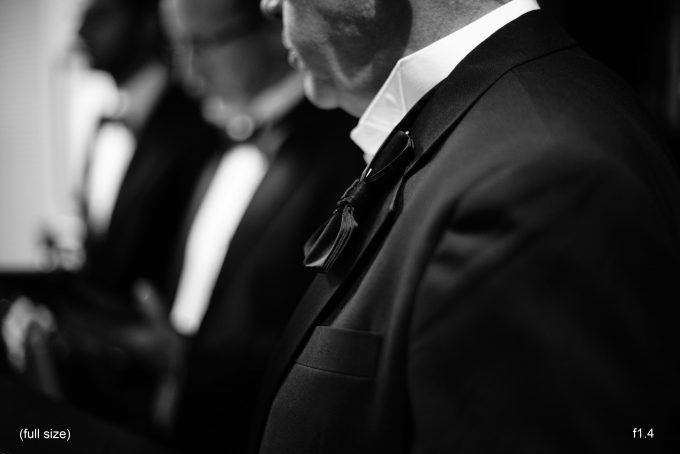
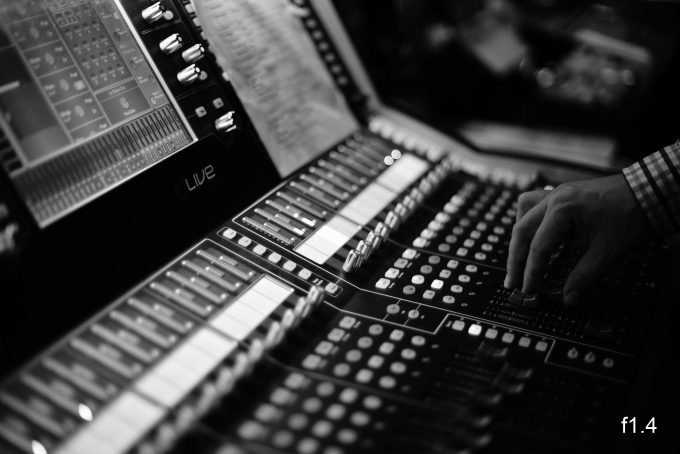
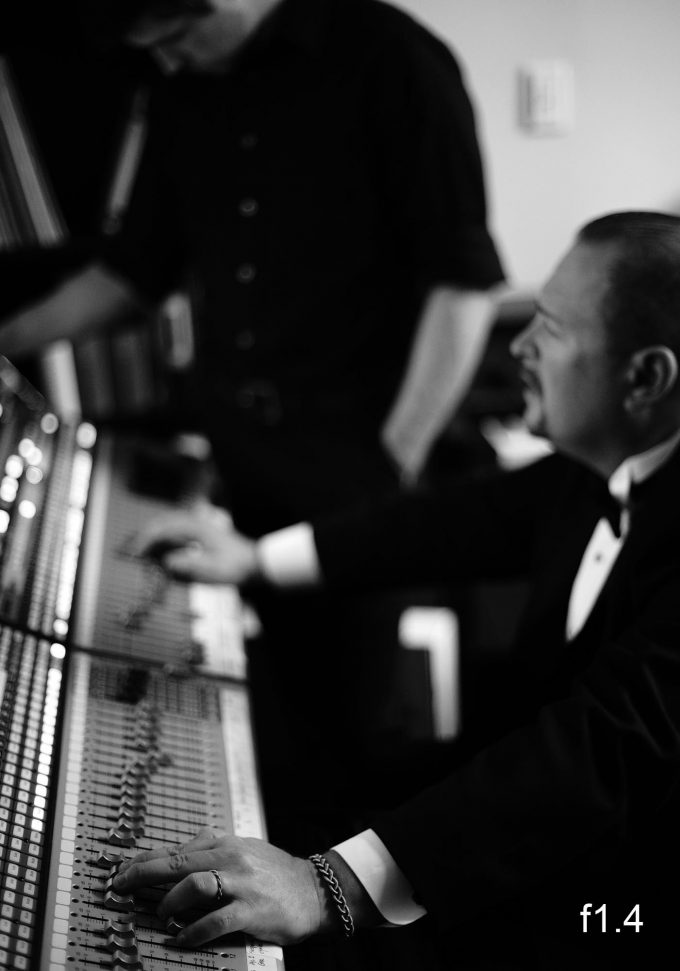
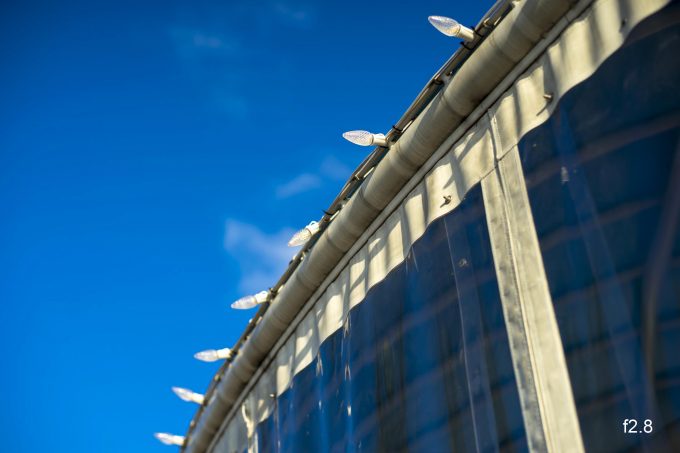
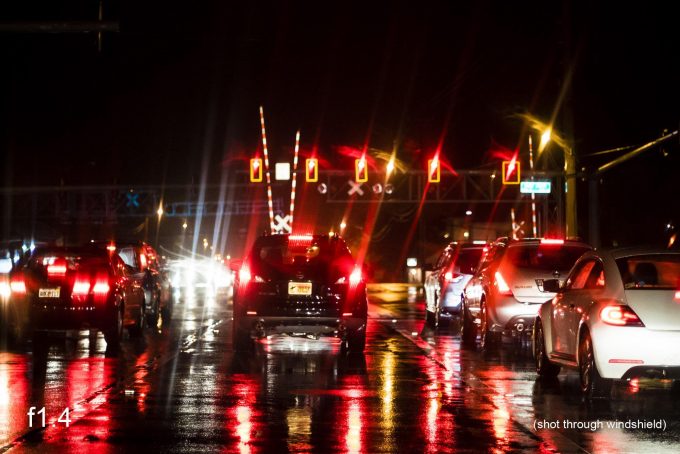
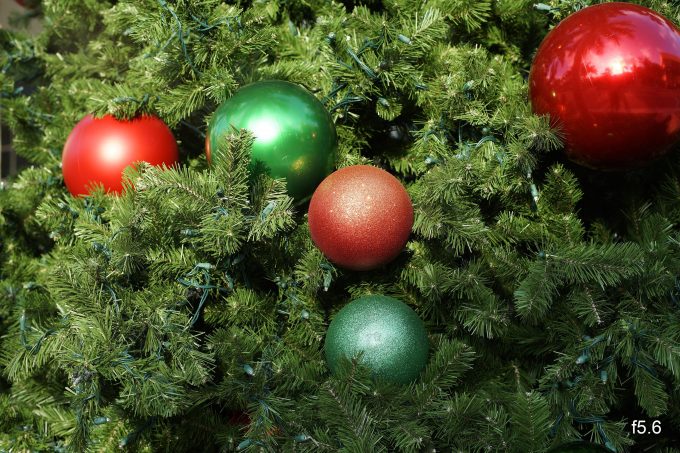
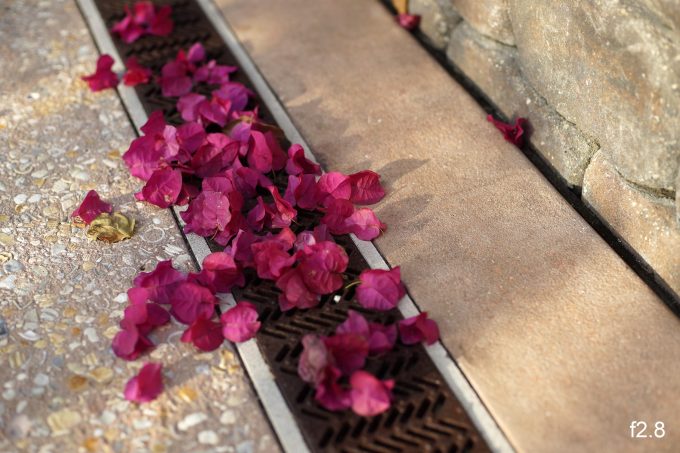
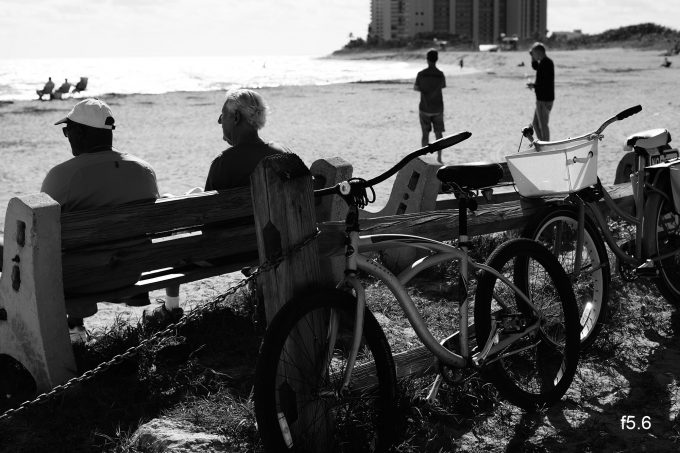
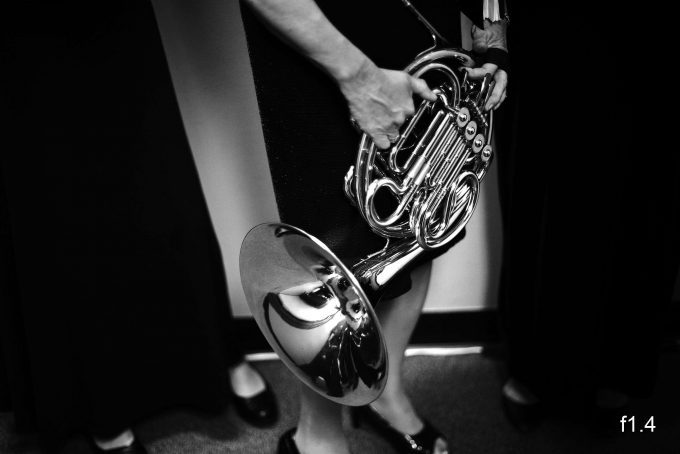
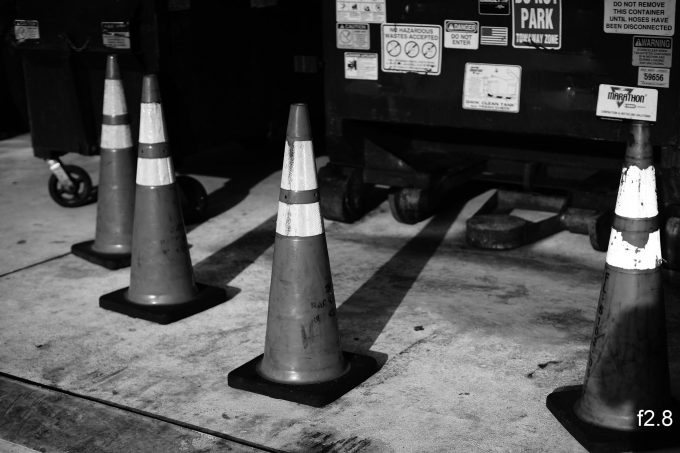
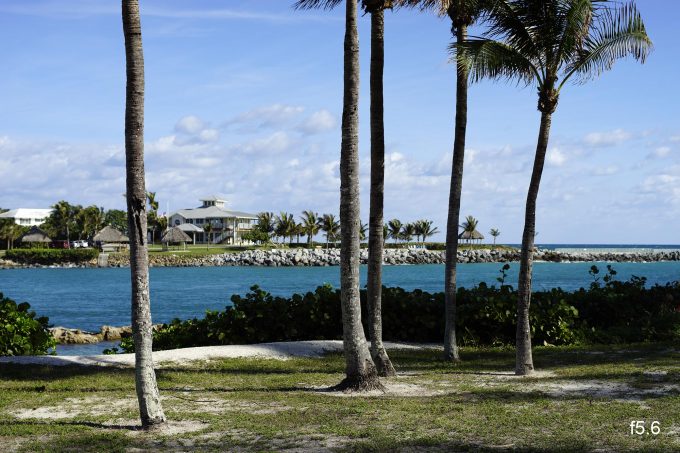
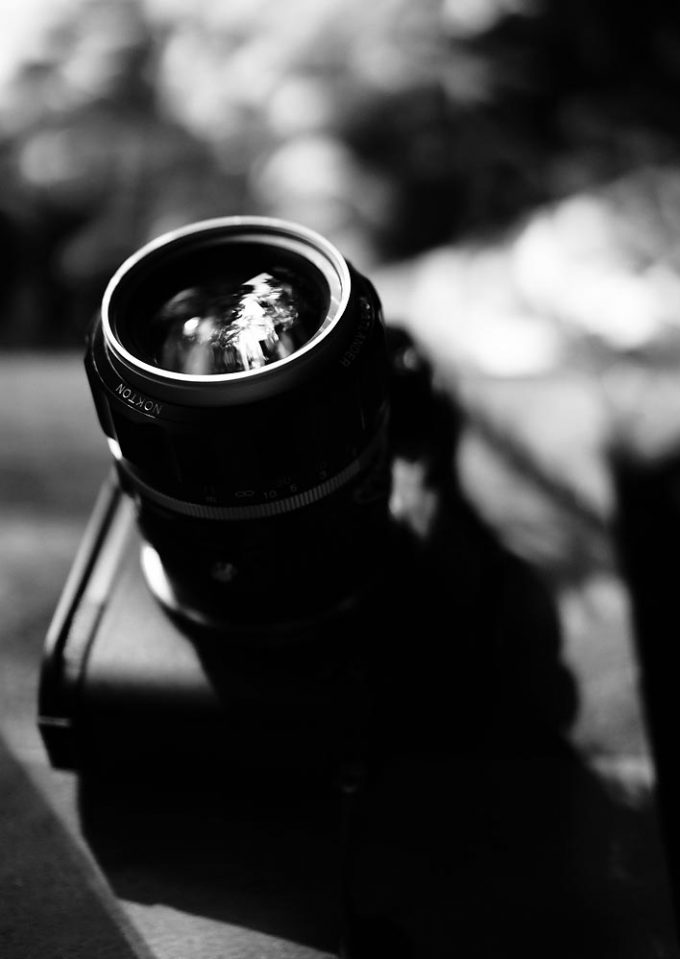

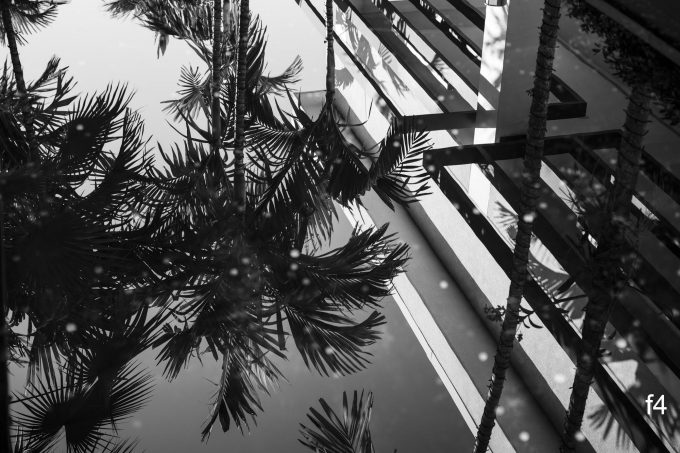
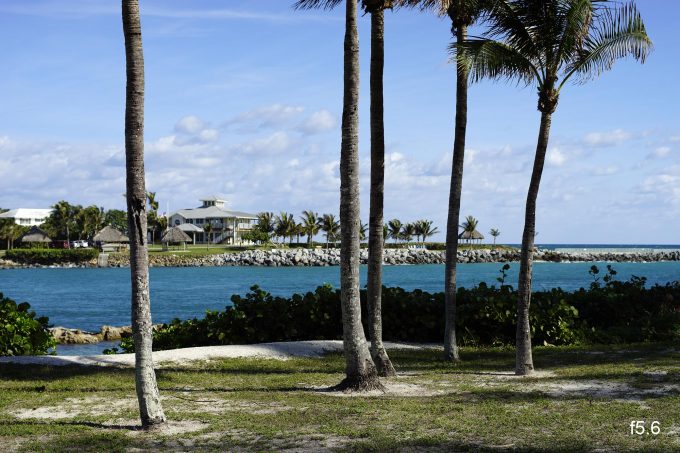
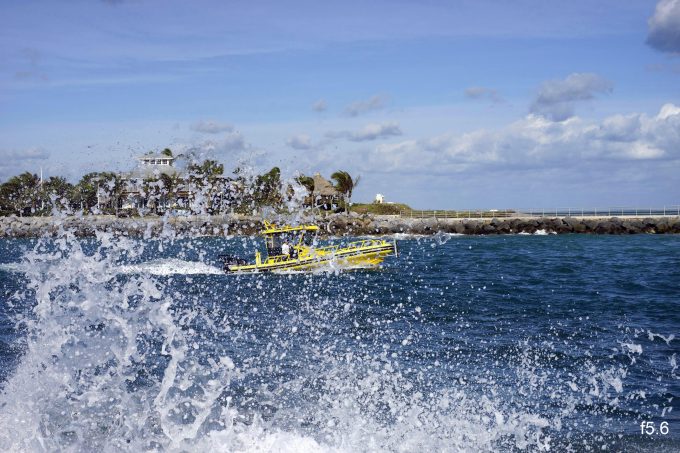
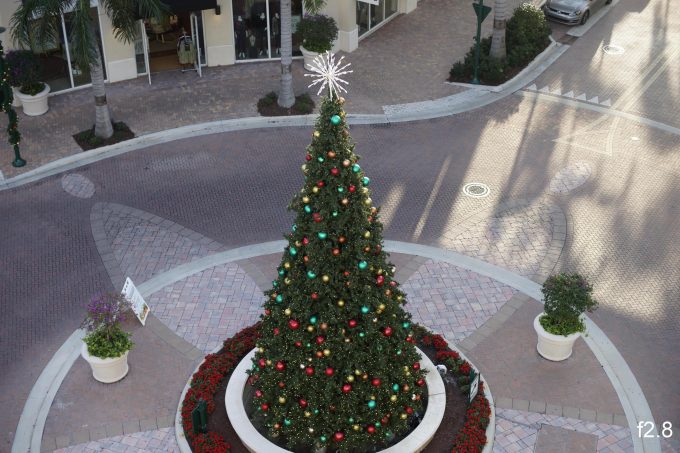
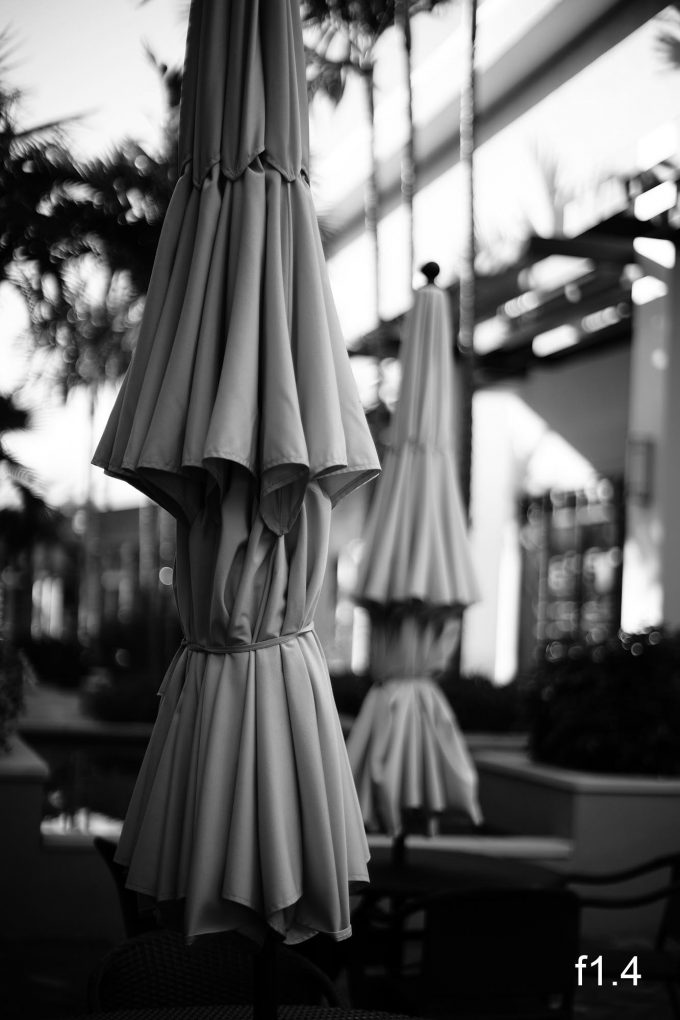
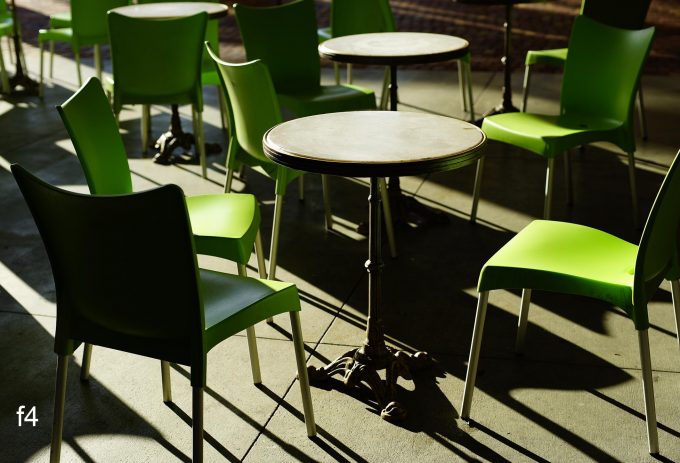
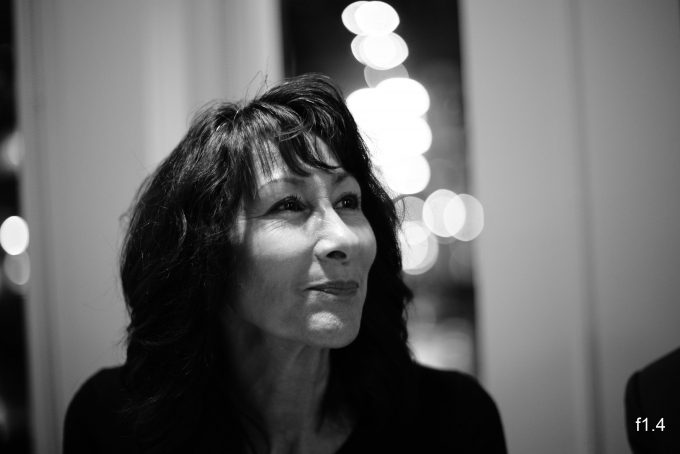
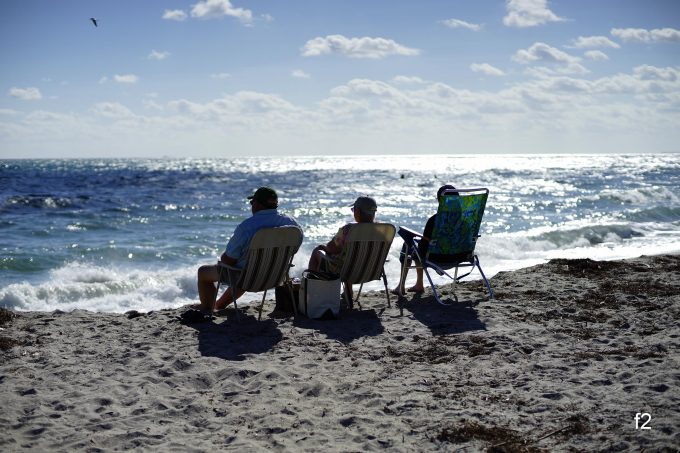
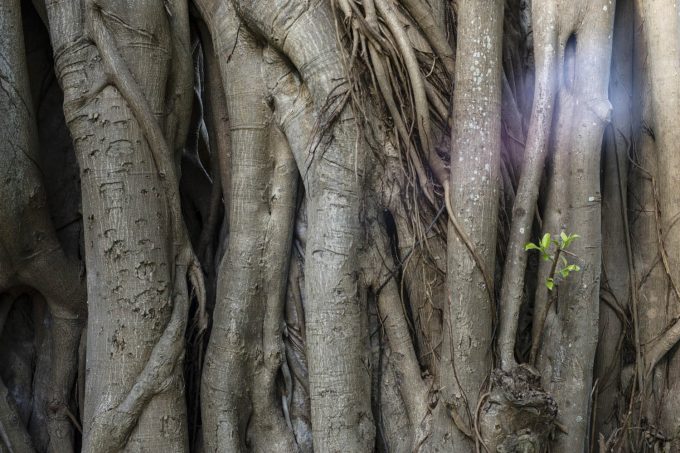
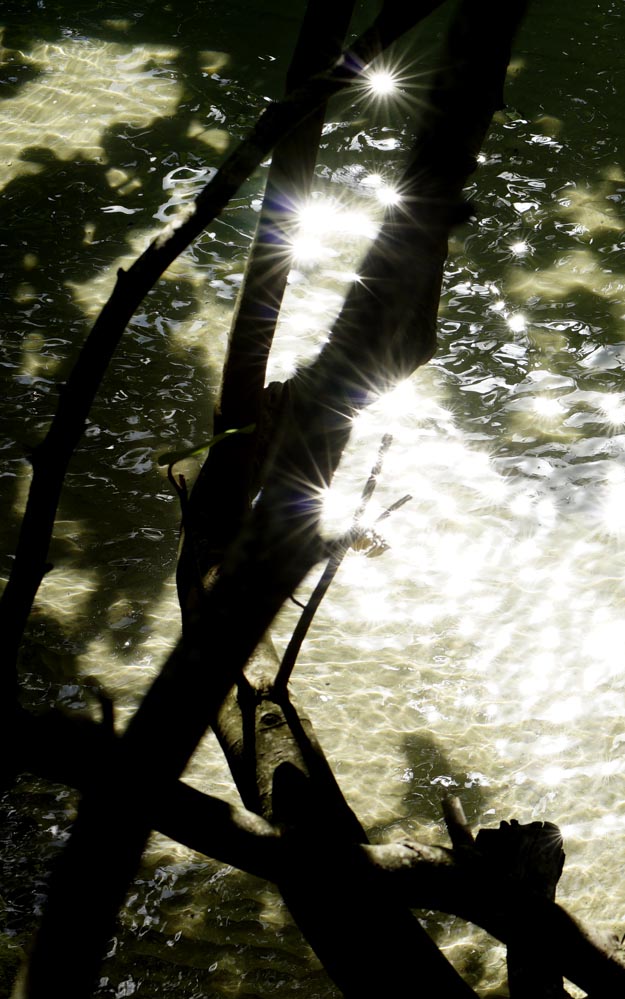


very similar character and rendering to konica hexanon 50mm f/1.4. yeah people should get the konica for $100 instead
The Konica does not produce the dimensionality that the Voigtlander does. I own 10+ copies of the Konica it every variation. I do love the color renditions with the konica but they don’t have the same 3d feel the Voigtlander gives.
Great review, I’m hoping to get this lens in the near future.
Also I agree on 50mm being a very versatile focal length. Instead of wide angle lenses I’ve just rotated the camera 90degrees to standing position and go for several shots and make a panorama.
Such a thoughtful, informative post! Thank you! I purchased the 58 before I saw this after seeing sample photos and watching youtube reviews. It has such beautiful rendering & really gives a film-like feel in the photos which is a style I’m naturally drawn to. I actually sold my sigma 50 art lens for this one as I found it to be flat with not much character aside from being quite sharp. Can’t wait to try this one out! x
As good as this lens is, especially for the price – I actually felt kind of let down by it (on my D750) after experiencing the greatness of the MFT Voigtlander lenses. Whilst this one is a bit sharper wide open than the MFT Voigt are at 0.95, I just don’t feel it has the magic those lenses (especially the 17.5mm and 42.5mm) despite being on a far better camera. (D750 vs GH4)
This lens is indeed magical – some lenses that I have that are “3D”: Zeiss 35 dist., 85 planar, 100 makro planar, Nikon 135mm Ais, Nikon 35f2D, and this specific Voigt.
But the Voigt is as if the lens tells a story by itself in the image, making even the most dull themes attractive. Faces in portraits become anaglyph, dimensional, with actual noses and curves you feel you can touch their outline and curves.
The low element count allows it to be more dimensional (lenses with too many elements usually make objects appear on the same plane, the back moves up front, and in some cases some objects look as flat as carton props, hence they are boring and then overcooked in photoshop). I took 4 pictures with identical settings with 4 lenses at 50-60mm, all high quality, did a blind test with 8 friends of mine, they all chose the Voigt image. There was nothing different in sharpness or light. Hidden tonalities with the game. BUT:
a) If you take only a small part of the image, the advantage is usually diminished. On the whole image, it *feels* and looks different, magical. I wouldn’t recommend cropping, try it your self, it loses.
b) This lens is allergic to any sort of UV filter etc even of the highest quality. It still renders great, but not to the full of its magic.
c) The manual focus gives it a serious tactical disadvantage in real life, where you lose the good action and then you force yourself to shoot something supposedly interesting.
d) The maximum “magic” I experienced on this lens was with the D700 and the D750. It’s advantage is slightly diminished with my D810 (my explanation is: lower pixel pitch on the D810 has slightly diminished tonalities in favor of resolution – the strong point of this lens is TONALITIES (some call it “micro-contrast”). On the D700 it creates poetry on the screen and the prints look like from a future laboratory, I’m not kidding you, I was speaking to myself when I got them from the lab. But on the D810 it’s just “great”, that’s it. It seems to be rendering better with the older sensors with the large photosites. Same goes for the old Ai-s lenses, almost all look good on the D700-D750, most of them suck on the D810. You want 3D that will make you throw away all your gear? Try the D700 with the Nikon 100mm series E (that cheap thing with 4 elements) on a winter forest. It’s like a hologram. The same lens on the D810 is nothing, absolutely nothing.
So if you buy this lens you’ll need an older camera to go along with it in the following years, the way full format is pushed beyond its limits.
This was a great lens on the D700, D3, perhaps still on the Dƒ and a7S but doesn’t quite resolve well enough on a D800 or a7II(R). A pity Cosina did not choose to tweak the optical formula on this one and instead went for purely an aesthetic rework of the barrel.
If I were getting it I’d use it on my Nikon film slrs with b&w 400 ISO film.
Ed: Before I saw your reply, I wrote a long review myself and had the same comment. On my D700/D750 this lens was absolute magic straight out of the camera. On the D810 it’s just “great”. The more the pixel pitch lowers and the tonalities are lost in favor of resolution, the more this lens loses. It’s fantastic on older sensors less than 24 mp, it’s great on the D810 but I feel it will be nothing much on a 50mp sensor.
Craig, did you also look at the Nokton 1.5 M-mount?
Some like this lens a lot on the Sony A7 series. I am wondering what the differences are in usage
Hey TdS, no I haven’t but believe Steve either previewed it or reviewed it a while back. That would be an interesting comparison for sure, and I just may rent it during the coming new year to test it out. Thanks for the recommendation.
I use this lens on my Nikon DF and it performs very well with a very nice colour signature. It’s not the sharpest at infinity, especially not at full aperture or even f4. I think it was designed and optimized for closer focusing such as portraits, closer landscape etc. This lens design was partially inspired by the Topcor 58mm f1.4 RE lens which has a somewhat different optical design. Cosina produced a limited edition of the Topcor 58mm f1.4 which is optically identical as the Voigtlander 58mm f1.4. These limited edition lenses are a lot more expensive and look almost identical to the original Topcor lens. I also have the original Topcor lens that I use with my Sony A7ii. This is a beautiful lens optically quite stunning.
Hi Marc, great info and thank you. I wasn’t aware of the Topcor 58mm f1.4 except from the comments. I also agree that this Voigtlander 58mm f1.4 was designed more for portraits and closer subjects as opposed to landscapes at infinity. Thanks for your comments.
Really enjoyed your review, thanks for sharing.
Personally I have the Voigtlander 28mm f2.8 & 40mm f2 for my Nikon D600. They are both fantastic lenses. The 40mm is my probably my most used lens and I find it a very versatile focal length, one which I learned to shoot with whilst using a Panasonic GF1 with the little 20mm f1.7.
Anyhow happy shooting and once again thanks for sharing our thoughts.
Hi Dan, thanks very much for reading and commenting. I agree, the 40mm focal length is very useful and versatile. I used to own the little Panasonic 20mm too.
Great article! May I ask which adapter you have used?
I was Steve’s adapter, but I think it was made by Fotasy. I did it’s job, seemed tight and well built for what it is. Thank you.
Very nice review, do you also use the Voigtlander adapter for this combo?
Thanks TdS, no, it was just a generic adapter–nothing special.
Anyone else well tired of “nifty fifty”?
Incidentally, I use the Heliar 15, Color-Skopar 21 and Ultron 28/1.9. Great lenses.
PS: LOVE the Color-Skopar 21 and used to own it. Never tried the other two, but have heard great things about the Ultron 28mm. Thanks for checking out the review.
I did that just for you James 😉
Christmas present was it, Craig? 🙂
LOL
Very nice, I’m thinking of getting this lens to use on my Nikons. But I would be getting the all black version as there is less chance of lens flare (that you experienced) as there is no silver inner ring by the front lens element. It’s why everyone makes the inside of lens hoods black, not silver!
Kind regards
Huss
Hey Huss, that’s good advice–thank you. The silver is pretty, but the black is great too and may be the best option as you suggest.
Hi Craig and Huss,
I ordered the old one (black all over, optically identical, discontinued so slightly cheaper) but canceled it. I was going to use it on my film slrs because the 58mm fl really appeals to me for portraiture (58/1.4G on my 810). Using the 50/1.2 and 85/2.0 (105/2.5 sometimes) now for that purpose. Craig’s article inspired me to look again. On digital it would compete with the Nikkor 58; any comments from both you?
Cheers Michiel
Hi Michiel953, I’m not totally clear on what you’re asking, but it really looks like you got everything covered. The old AI-S 50mm f1.2 is a gem and 58mm is so close I’m not sure what yo’d gain. I’d really only recommend the Voigtlander if it creates a very different look from your current 50mm f1.2. I never owned that lens but seriously considered it once. And it would be redundant on your D810. Perhaps you could rent it and test it out?
Merry Christmas and thanks for reading!
Hi Craig, thanks for replying.
I was, in a roundabout way, asking for comparisons in rendering: the two 58’s on the D810, the 50/1.2 and the Nokton on b&w film, usually 400ISO.
I really should be (and I am) satisfied with the great lenses I have. Do you know that Nikkor 85/2.0 Ai (that I bought used to begin with) has been in my possession for over 25 years? Endearing thought…
Hey Michiel!
If you prefer the 58 over the 50, then yeah it makes sense. But honestly I notice so little difference in focal length that a step forwards or backwards wouldn’t fix, that if you are happy with the 50 1.2, I would stick with that.
If your 58 G is focussing correctly on your D810, you are set. I’ve never tried that lens on my F6, but I dont think it works on a camera like an F2.
Kind regards
Huss
Huss, your arguments, supported by a quick look at my bank statements (having thirteen of my photographs printed and framed costs way more than the Nokton) fully convinced me.
The difference, sitting across a table, between 50 and 58 actually does have practical meaning!
Very nice and informaive article. The pics go from stunning to interesting. Yes, this lens draws the light, and turns every shot (well taken, because your shots are well taken) into something worth it. It reminds me the Supertakumar 50mm 1.4, although having a slightly different nuance.
Thanks so much jp, I appreciate you reading and following Steve’s site. The Supertakumar 50mm 1.4 looks like a beauty, and could probably easily be adapter to the Sony a7’s. Would be interesting to see the two compared wouldn’t it?
I also have that feeling for Voigtländer.
Good design, strong built, light weight and impeccable image.
Very comparable to Leica quality.
@G.A.
You should take a closer look at Nikon´s “Heavy Metal” then.
The Nikkor Pre-AI lens line is the best example for well done
build craftmanship and the optical performance is still top !
I use them original at the Nikon Df and AI converted at the Nikkor
D700 and D800.